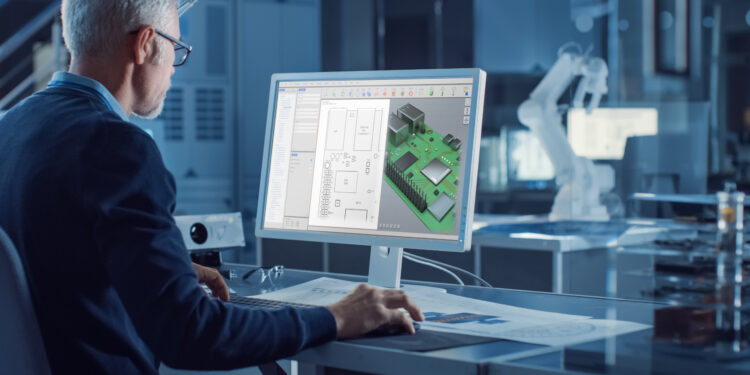Modeling is a valuable tool for any industry. In the past, 2D models were enough to provide details regarding a product. However, 2D was very limited and costly. Companies would have to develop and test numerous models before finally getting the right features.
Enter 3D modeling, which aims to be a better alternative for product design and development. This visualization technique is making waves across industries. Because of this, it’s helpful to know what it’s about and why it’s now a standard for design quality and aesthetics.
3D Modeling Defined
Three-dimensional (3D) modeling is the process of creating a visual representation of any object. Artists and developers use specialized software, such as Sketchup Pro, to form 3D objects on a digital canvas.
There are three stages to creating a 3D model. First, models are formed from a base image of plotted points to form tiles or polygons. Next, contours and lighting effects are applied to create depth. In the final stage, finer details like color and texture are added to create a realistic image. Artists may even add an environment during the final rendering stage.
Uses Of 3D Modeling
3D Models are useful representations because they fulfill the following purposes:
- Visualization
3D modeling brings project ideas to life as it gives team members an idea of what the product looks like. It also allows developers to get creative by using software tools to tweak the design and features of the product.
It allows multi-angle rendering, too. This way, designers and other professionals understand the concept and build on its design.
- Animation
Aside from visual images, 3D modeling also serves as the basis for animation. Artists create several models at a time to simulate movement. 3D models are helpful in video animations in movies, games, and even in advertising.
- Project Design
3D modeling is often used to explore the features of a given product. It allows developers to add or alter characteristics until they produce a suitable prototype. This process makes it easier to correct any flaws in the product design and build a better version.
- Collaboration
3D modeling makes designs easier to share with other team members and stakeholders involved in the process. Finer details or additional features can be added by anyone and make it easier to communicate these changes to everyone concerned.
Applications Of 3D Modeling
Countless professionals use 3D models because it helps them effectively express their ideas. Computer software allows them to tweak their designs without worrying about time or cost as it can be quickly done with just a few clicks or one swipe.
3D modeling is most useful in the following industries:
- Manufacturing
3D models streamline product development in manufacturing. Beginning with product design, three-dimensional models put developers and executives on the same page. They communicate about the product features to allow testing and modification.
- Marketing
Once products are approved for production, 3D modeling can launch a marketing campaign that familiarizes customers with the product and its features. Multi-angle rendering even allows customers to see and ‘feel’ the product and entice demand.
- Architecture And Engineering
Building professionals use 3D modeling software to plan and design residential, commercial, and industrial structures. They create models for living or office spaces and infuse additional details to make them appealing and realistic.
3D models can even double as virtual tours of any facility so investors and stakeholders can walk through and understand the project in all its phases.
- Entertainment
Animated 3D models are used by the entertainment industry to create special effects for movies and television to enhance graphics in video games and apps.
Developers also use 3D models for viability testing. This process helps them determine if their ideas are realistic and profitable.
- Education
3D models aren’t only used for business since they can also make interactive learning aids. Enhanced images help teachers explain complex topics to students. They’re most useful in teaching human anatomy and in engineering subjects.
Conclusion
3D modeling helps various industries visualize their concepts and transform them into suitable products. With the use of 3D modeling software, developers are able to streamline the product development phase. A click or a swipe on their computer can alter the design or add features to make it more aesthetically appealing and functional.
But 3D modeling isn’t only used for product development. It’s also used as a collaborative tool by professionals. They’re useful in manufacturing, architecture, and engineering as visual representations of their product plans.
When it comes to marketing, education, and entertainment, 3D models ensure interactive experiences. More than a creative graphics process, 3D modeling helps everyone bring ideas to life for everyone to enjoy.











